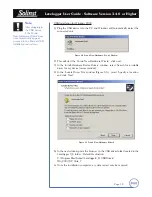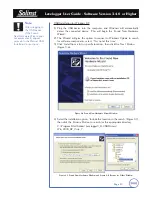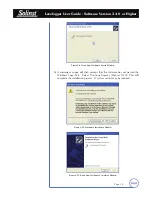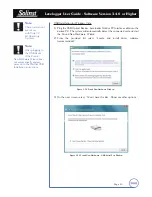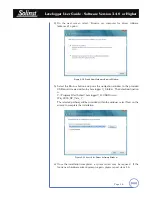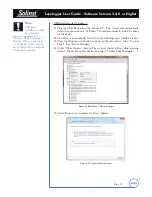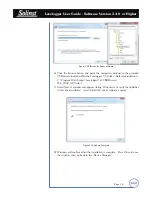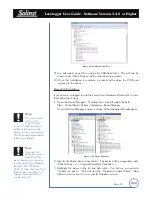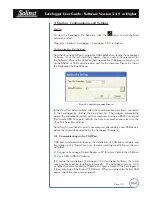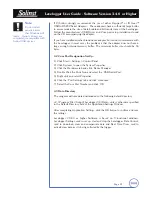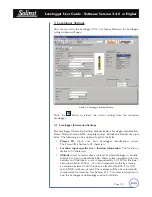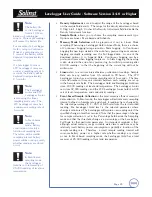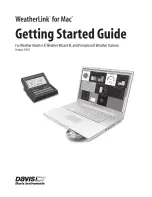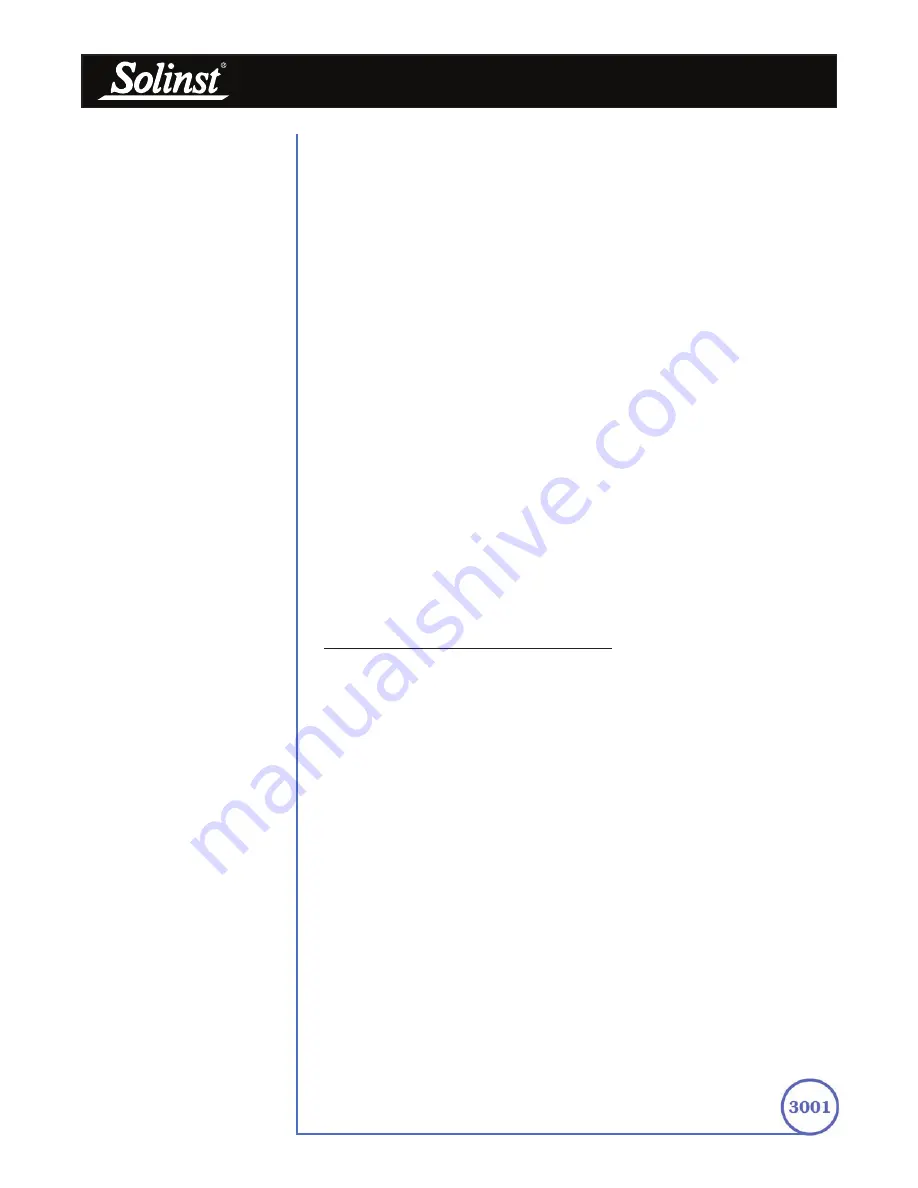
Levelogger User Guide - Software Version 3.4.0 or Higher
Page 8
1.3 Temperature
Levelogger Gold and Levelogger Junior, record temperature compensated
water levels. Groundwater and surface water temperature measurements
are particularly important in situations where temperatures may fluctuate
significantly, and when temperature is used in determining liquid level, viscosity
and hydraulic conductivity. Temperature monitoring is vital in the calculation
of certain temperature dependent contaminant reaction rates. A Platinum
Resistance Temperature Detector is used to accurately compensate for
temperature changes within the range of -10 to +40˚C. The Leveloggers will
record temperature in its thermal range of -20 to +80˚C, but outside the range
of -10 to +40˚C compensation will be less accurate.
1.4 Conductivity
The LTC Levelogger Junior provides the added feature of electrical conductivity
measurement. Conductivity measurement is particularly useful in monitoring
saltwater intrusion, surface water infiltration and mixing, as well as the monitoring
of certain pollutants and contaminant parameters. Conductivity is measured
via a platinum 4-electrode sensor, which produces highly stable and consistent
readings. The sensor is relatively insensitive to dirt and deposits, keeping
maintenance to a minimum. Conductivity calibration is performed by using a
liquid solution with a known conductivity value and the Calibration Wizard in
the Levelogger Windows Software. Raw conductivity measurements can be
converted to conductivity at 25˚C, which is referred to as Specific Conductance.
When programming the LTC the user can select either raw conductivity
measurements or specific conductance.
1.4.1 Calibration of the Conductivity Sensor
The conductivity sensor of the LTC Levelogger Junior is a highly sensitive device
requiring regular calibration by the user. The conductivity calibration frequency
is dependent on the water quality of the Levelogger’s monitoring environment.
When monitoring in freshwater with good water quality, conductivity calibration
may only be required once per year. On the other hand, conductivity calibration
will be required more frequently when monitoring in polluted, salty, brackish,
eutrophic or highly conductive water. To determine whether an LTC Levelogger
Junior should be recalibrated, test the unit in a solution with a known electrical
conductivity value at a reference temperature. If that reference temperature is
25°C, set the LTC to record Specific Conductance in the ‘Conductivity’ Channel,
and observe the current reading by using the Read Now function in the Real Time
View tab. If this reading varies from the known Specific Conductance of the
solution by greater than 2% of the Full Scale of Conductivity measurement, the
unit should be recalibrated using the Conductivity Calibration Wizard procedure
outlined in Section 6. Ensure that conductivity calibration is performed when
the LTC is being set up for its initial use and after long periods of dry storage.

















